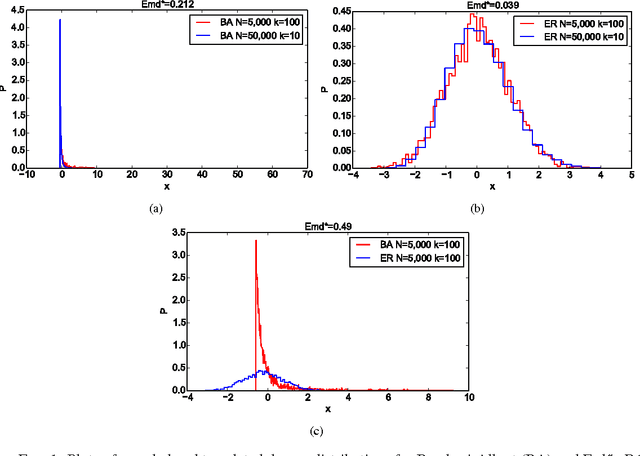Robert E. Gaunt
Identifying networks with common organizational principles
Apr 02, 2017



Abstract:Many complex systems can be represented as networks, and the problem of network comparison is becoming increasingly relevant. There are many techniques for network comparison, from simply comparing network summary statistics to sophisticated but computationally costly alignment-based approaches. Yet it remains challenging to accurately cluster networks that are of a different size and density, but hypothesized to be structurally similar. In this paper, we address this problem by introducing a new network comparison methodology that is aimed at identifying common organizational principles in networks. The methodology is simple, intuitive and applicable in a wide variety of settings ranging from the functional classification of proteins to tracking the evolution of a world trade network.
 Add to Chrome
Add to Chrome Add to Firefox
Add to Firefox Add to Edge
Add to Edge